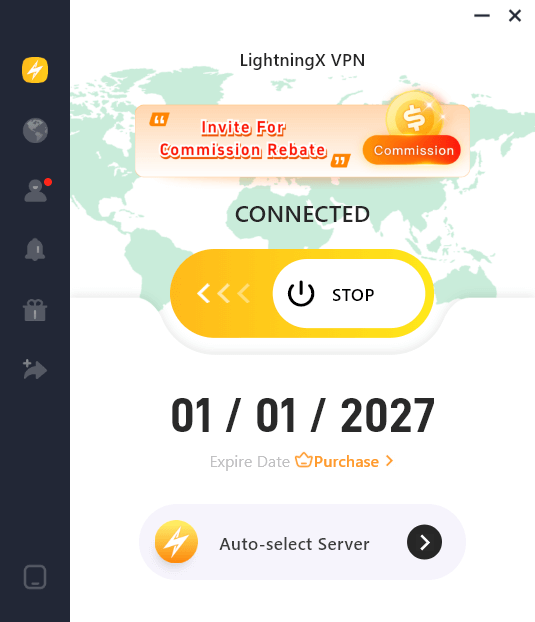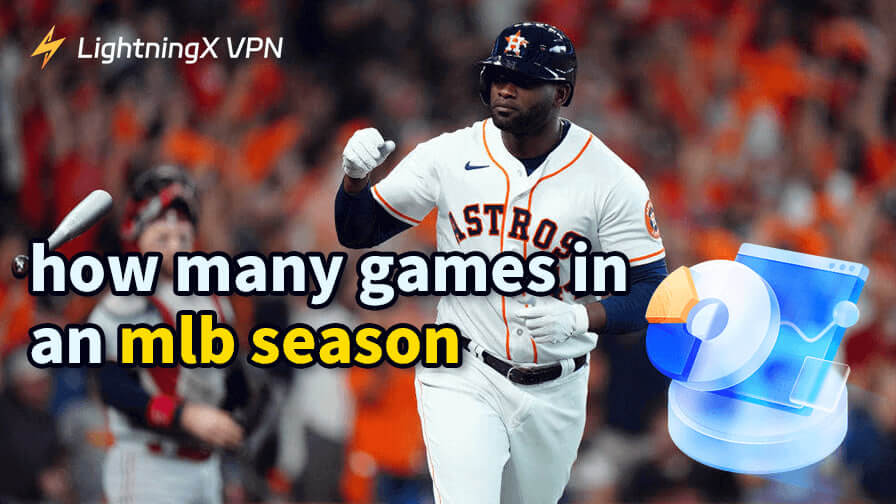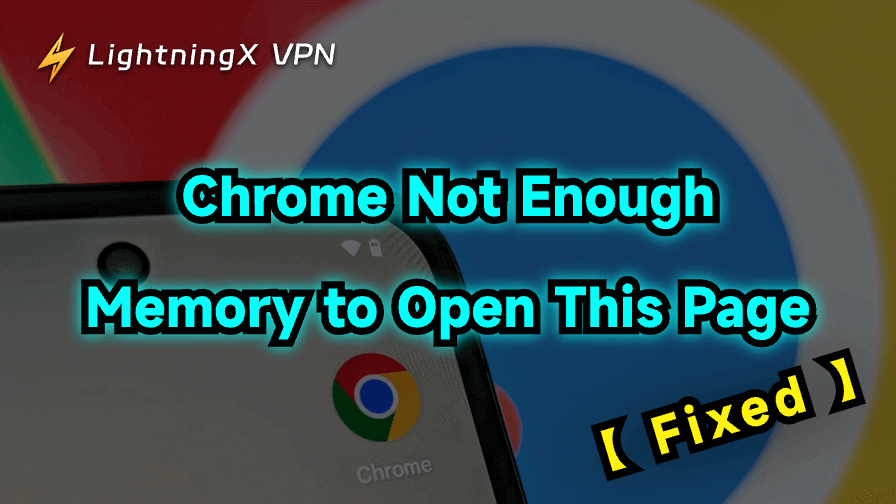From the grind of a 162-game regular season to the all-or-nothing drama of October, Major League Baseball’s schedule is unlike any other sport. But why exactly 162 games? How is the season structured, and how long does it truly last? This guide breaks down the numbers.
How Many Games Played in an MBL Season?
The Major League Baseball regular season is famously set at 162 games, and that number isn’t arbitrary. It reflects the balance the league struck between tradition, competition, and logistics.
Each of the 30 MLB teams plays 162 games spread over roughly six months, beginning in late March or early April and running through the end of September or early October, before the postseason begins.
The idea is to give every team enough opportunities to prove itself across a long grind, where streaks and slumps eventually even out and the strongest rosters rise to the top.
The structure also ensures that clubs play a mix of divisional rivals, league opponents, and interleague matchups, so the schedule feels both fair and diverse.
How Many Games in MLB Postseason?
The postseason in Major League Baseball doesn’t follow the same fixed 162-game rhythm as the regular season. It’s a much shorter, high-stakes stretch where every game matters.
In 2026, the MLB postseason will still follow the expanded format introduced in 2022. A total of 12 teams make the playoffs: six from the American League and six from the National League.
The structure is designed to balance fairness with drama, so the number of games played depends on how long each series goes.
It begins with the Wild Card Series, where four teams in each league (the three lowest seeds) face off in a best-of-three format. That means each matchup can last anywhere from two to three games. From there, winners advance to the Division Series (ALCS and NLCS), both played in a best-of-seven format, requiring four wins to advance.
Finally, the postseason culminates in the World Series, another best-of-seven showdown between the American League and National League champions.
If you add it all up, a single team that goes the distance could play anywhere from 12 games (winning every series in the minimum number of games) up to 22 games (if each series goes the full length).
Across all matchups, the entire postseason typically consists of around 40 to 50 games total, though the exact number varies year to year. This is why the MLB playoffs feel so intense – after a six-month grind of 162 regular-season games, it all boils down to a handful of must-win contests where every pitch can swing the season.
Inside the MLB Season Format
The way the MLB schedule is built follows a very deliberate structure. Each of the 30 teams belongs to one of two leagues, the American League and the National League. And they are further divided into three divisions apiece: East, Central, and West. That division breakdown is the backbone of the schedule.
A large chunk of the season is spent squaring off against division rivals. These games are especially intense because division winners are guaranteed a postseason spot, so every head-to-head meeting feels like it could swing the standings.
Beyond divisional play, teams also face off against clubs from the rest of their league. And since 2023, Major League Baseball has introduced a balanced schedule that ensures every team plays every other team at least once during the year.
That means fans in New York can count on seeing stars from Los Angeles or San Diego without waiting for a rare interleague matchup.
Interleague play, in fact, has become a staple of the MLB calendar. Instead of being confined to just a few rivalry weekends, like Yankees vs. Mets or Cubs vs. White Sox.
How to Watch MLB Games?
Baseball is played almost every day for six months, but catching the games you want isn’t always simple. Here’s how you can watch MLB games in 2026:
1. National Broadcasts
- FOX / FS1 – Weekend games and postseason coverage.
- ESPN – Sunday Night Baseball and select weekday games.
- TBS – Tuesday night matchups and playoff coverage.
- MLB Network – Daily games, highlights, and analysis.
2. Local Regional Sports Networks (RSNs)
Each team has a local TV partner (like YES Network for the Yankees or NESN for the Red Sox). If you live in-market, these channels carry the majority of games.
3. MLB.TV (Best for Out-of-Market Fans)
- Watch every out-of-market game live or on demand.
- Blackout rules apply, meaning local team games may be blocked.
- Works on smart TVs, mobile apps, and streaming devices.
4. Streaming Services
Some cord-cutters prefer live TV bundles:
- Hulu + Live Channels, YouTube TV, Sling TV, and FuboTV often carry ESPN, FS1, TBS, and some RSNs.
- Availability varies by region, so always check your zip code.
Related: How Much Is Fubo? A Comprehensive Breakdown
5. Radio & Audio Options
- MLB At Bat App gives you radio feeds for every game.
- Local AM/FM stations often carry team broadcasts.
6. International Fans
- MLB.TV International usually has fewer blackout restrictions.
- Some games may air on local sports networks in specific countries.
Tip: If you want to bypass blackout restrictions, some fans use a VPN to stream games as if they’re in a different region. (Example: LightningX VPN helps you switch locations securely and access out-of-market broadcasts.)

It lets you change your virtual location, so you can stream out-of-market games that would normally be blacked out.
At the same time, it encrypts your connection, helping prevent slowdowns from ISPs and keeping your streams smooth – especially if you also explore some reliable free sports streaming sites.
The VPN also works across devices, so whether you’re on a laptop, phone, or smart TV, you can catch every inning without interruptions.
Why MLB Chose 162 Games?
Well, it’s a result of historical shifts and the need for competitive balance. The number of games in an MLB season has not been fixed; it has shifted multiple times, as shown in the record of Schedule Changes Since 1876. Here’s how it came about:
Origins: 154 Games
From 1904 to 1960, each team played 154 games. Back then, both the American League and National League had 8 teams each, all in one division. Each team faced the other 7 clubs 22 times (11 home, 11 away), which neatly added up to 154 games.
Expansion to 162 Games
In 1961, the AL expanded, adding the Los Angeles Angels and the new Washington Senators. The following year, 1962, the NL caught up and brought in the New York Mets and Houston Colt. 45s, later the Astros.
Now, with 10 teams per league, MLB had to rebalance the schedule. To keep fairness, they designed it so each team played the 9 opponents 18 times each. And 9 × 18= 162 games.
Exceptions
- 2020 COVID season: Only 60 games played.
- Strikes/lockouts (e.g., 1981, 1994, 1995): Reduced schedules.
- But MLB always returns to 162 games once things normalize.
How Long Does an MLB Season Last?
The MLB season is also about the calendar stretch that baseball occupies every year. A full regular season usually runs about six months, starting with Opening Day in late March or early April and wrapping up by late September or early October.
After that, the postseason kicks in, which can extend play into early November if the World Series goes the distance.
Altogether, when you factor in spring training (February-March), the 162-game regular season, and then October baseball, MLB feels like it fills nearly three-quarters of the year. That long stretch is one of the things that sets baseball apart from other major U.S. sports – it’s a grind, but also a steady rhythm that fans follow day in and day out.
Conclusion
With 162 regular-season games, plus the drama of the postseason, the schedule shapes the very identity of the sport. This long grind allows teams to prove consistency and keeps fans engaged from spring through fall.





















